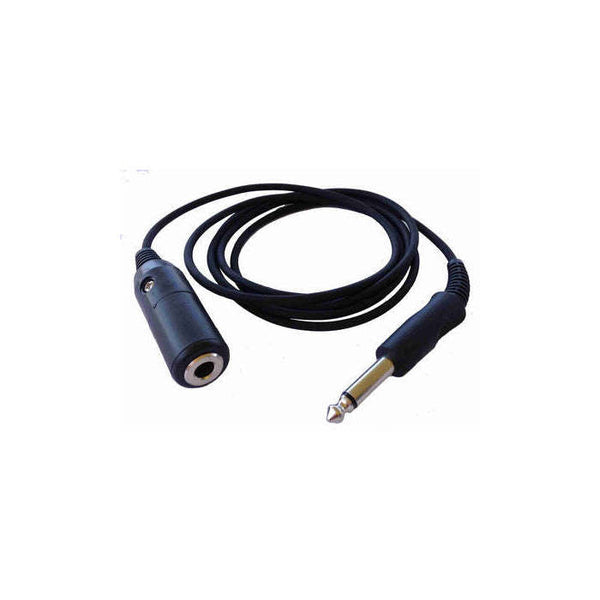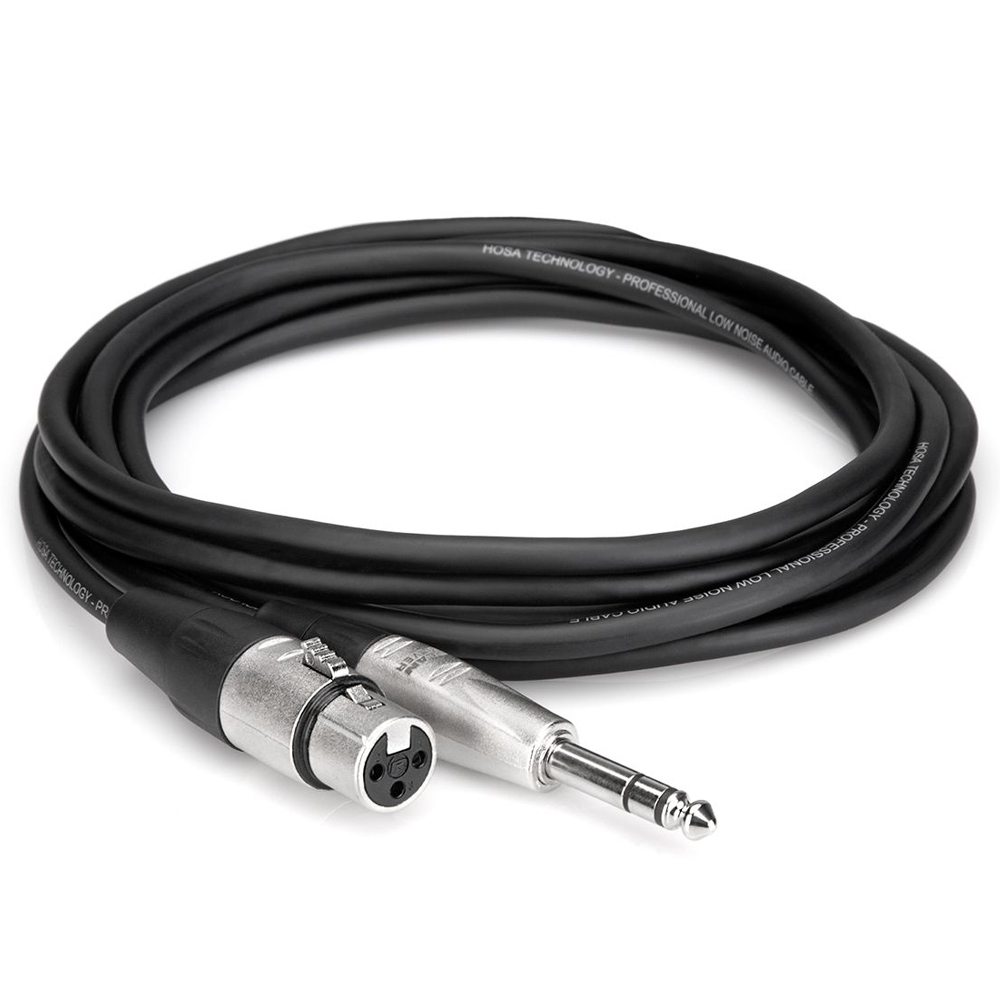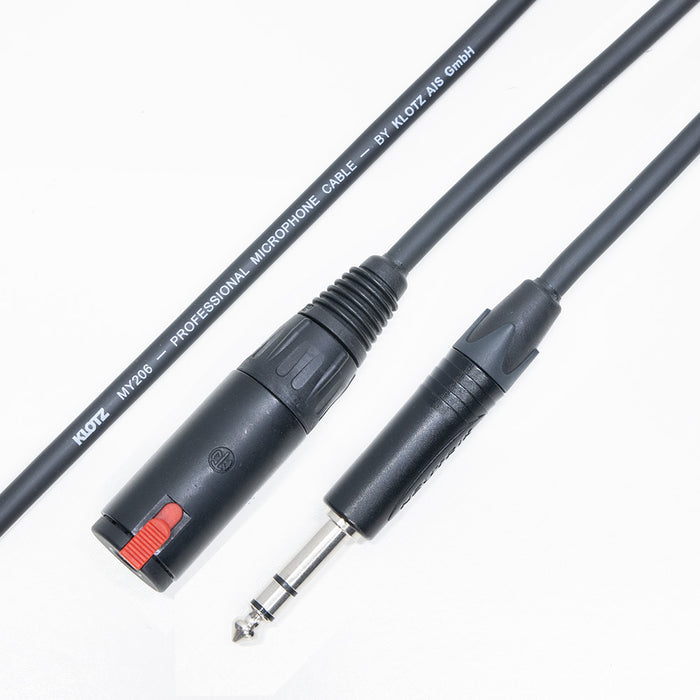Introduction to Headphone Extension Cable
While the freedom of wireless headphones appeals to many, certain situations call for the reliability and stability of wired connections. That’s where headphone extension cable come in handy. Essentially, they are cables that can be connected between your headphones and audio device to extend the reach without losing sound quality. Whether you’re setting up your home theater or need extra length in the studio, a headphone extension cable is a simple solution.
Overview of Extension Cable Usage
Headphone extension cables provide increased flexibility. Users often face a common problem: the cord of their headphones is too short to allow for comfortable movement or to reach the requisite distance from the audio source. An extension cable solves this by adding length, enabling you to enjoy your music, games, or movies from your preferred spot without being tethered closely to the device.
Benefits of Using Extension Cables for Headphones
Extension cables are not just about comfort; they offer practical benefits. First, they protect the device’s aux port from wear and tear due to constant plugging and unplugging. This is especially valuable for users who frequently move their devices. Second, the right extension cable can preserve sound quality over longer distances, ensuring you don’t sacrifice audio fidelity for convenience. Lastly, they are a budget-friendly way to enhance your audio setup without the need to invest in wireless technology or longer-cord headphones.

Key Features of Quality Headphone Extension Cables
Understanding Cable Construction and Materials
When selecting a headphone extension cable, its construction and materials play vital roles. Quality cables feature enameled copper conductors for superior conductivity. They may also possess a robust casing, like TPE (Thermoplastic Elastomer) jackets, which provide flexibility and durability. High-end cables often boast nylon braiding. This additional layer not only enhances the cable’s strength but also prevents tangling and damage from frequent use. Always check the materials; they define the cable’s performance and longevity.
Importance of Shielding and Sound Interference Prevention
Shielding within a headphone extension cable is crucial. It prevents electromagnetic (EM) and radio-frequency (RF) interference, ensuring clear sound. A well-shielded cable, such as one with double shielding that includes a TPE jacket and nylon braid, offers noise-free, high-fidelity audio. Without proper shielding, cables can pick up interference from other electronic devices, leading to a compromised listening experience.
Connector Types: 3-Pole vs 4-Pole
Headphone extension cables come with either 3-pole or 4-pole connectors. A 3-pole connector carries audio but not a microphone signal, suitable for basic audio tasks. For headphones with an in-built microphone, a 4-pole connector is necessary to maintain full functionality. Always consider your needs. For example, if you aim to connect a smartphone to a speaker, a 3-pole may suffice. For gaming headsets requiring mic support, choose a 4-pole connector.
How to Determine the Correct Length for Your Extension Cable
Choosing the right length for a headphone extension cable is key. It ensures comfort and maintains sound quality. Too short, and your mobility is limited; too long, and you may encounter signal loss or clutter.
Balancing Convenience and Sound Quality
When selecting the length, consider both your space and how you’ll use the cable. For a tidy setup, measure the distance needed to connect your devices without excess slack. Keep in mind, longer cables could potentially degrade audio signals if not well made. Opt for a cable that provides the reach you need without compromising on sound.
Tips for Managing Longer Cables
With longer cables, management becomes essential. Use cable ties or organizers to prevent tangles. Coiling the cable loosely can help avoid kinks and preserve its integrity. Also, stow your cable carefully after use to extend its life. Remember to unplug by the connector, not the cable, to prevent wear.

The Role of Connectors and Gold-Plating
Choosing the right connectors is crucial for any headphone extension cable. Connectors ensure stable and secure connections between devices. Let’s delve into their durability and why gold-plating is beneficial.
Examining Connector Durability
Connectors on headphone extension cables must withstand frequent use. High-quality connectors resist corrosion and wear. They often feature robust materials like metal alloys. These materials ensure the connector maintains its shape and functionality after multiple plug-ins and plug-outs. Durable connectors contribute extensively to the overall lifespan and reliability of the headphone extension cable.
Advantages of Gold-Plated Connectors
Gold-plated connectors offer key benefits. First, they resist corrosion better than most metals. This prolongs the life of both the cable and the connected devices. Second, gold is an excellent conductor of electricity. This ensures minimal signal loss and maximum sound quality. Therefore, using gold-plated connectors in headphone extension cables ensures enduring performance and enhanced audio clarity.
Protecting Your Devices with Extension Cables
The use of a headphone extension cable can offer more than just increased length and convenience. It serves as an important protective measure for your audio devices. Constant plugging and unplugging can wear out the built-in auxiliary (aux) ports on devices such as smartphones, laptops, and televisions. This can lead to costly repairs or the need for replacements.
The Significance of Female Aux Jacks
Female aux jacks on headphone extension cables are not just secondary connectors; they are a strategic feature. By plugging into the female aux jack of the extension cable, you shield the device’s own aux port from repeated use. This simple action can significantly decrease the wear and tear on your device’s hardware, maintaining its pristine condition for longer periods.
How Extension Cables Can Prolong Device Lifespan
When you connect your audio devices using a headphone extension cable, you transfer the stress of movement and connection cycles from the device itself to the cable. This means that any strain from pulling or jostling gets absorbed by the cable, not the device’s port. Therefore, the right headphone extension cable not only improves your listening experience but also acts as an investment in the longevity of your devices. Selecting a durable extension cable with robust shielding, like the UGREEN Braided 3.5MM Headphone Extension Cable, can be a wise choice to protect both your device’s functionality and the quality of your audio experience over time.

Sound Quality and Cable Shielding
High-quality sound is essential for any audio experience. A headphone extension cable must deliver this without compromise. For that, shielding is key. It blocks unwanted noise from electromagnetic (EM) and radio-frequency (RF) interference. Thus, your music remains crystal clear, even when other electronic devices are nearby.
Ensuring High-Fidelity Audio Transmission
To ensure high-fidelity sound transmission through your headphone extension cable, look for substantial shielding. It protects the purity of the audio signal. This means your music, games, and movies retain their original sound quality. Also, a well-constructed cable prevents static or hum from disrupting your listening enjoyment.
The Impact of Oxygen-Free Copper and Double Shielding
Oxygen-free copper in a headphone extension cable aids in smoother signal transmission. It enhances sound quality by reducing the risk of signal degradation. Additionally, double shielding often combines TPE jackets with a nylon braid for extra protection. This dual layer keeps your audio free from any interference and maintains the integrity of the audio signal for a superior listening experience.
Cable Durability and Flexibility
When choosing a headphone extension cable, you must consider its durability and flexibility. Cables need to withstand wear and tear, especially if you use them regularly. The cable’s ability to resist damage and maintain performance over time directly impacts its value.
Importance of Braided Nylon for Longevity
Braided nylon stands out for cable longevity. It’s tough, resistant to abrasion, and does not easily fray. This material adds an extra layer of protection, shielding the cable’s inner workings from damage. Woven tightly, nylon braids ensure the cable stays intact through countless bends.
Quality headphone extension cables, like the UGREEN Braided 3.5MM Headphone Extension Cable, feature this nylon layer. This not only extends the cable’s life but also helps keep the sound quality crystal clear. With its tough nylon exterior, the cable can handle daily twists and pulls without falling apart.
Assessing Bendability and Tensile Strength
Cables must be flexible yet strong. Bendability is key for ease of use, while tensile strength ensures the cable can hold up under stress. Good headphone extension cables endure thousands of bends without breaking.
Tests like the 10,000+ bend test assess the cable’s ability to maintain functionality after repeated use. Cables with high tensile strength prevent breakage at the most vulnerable points, such as where the cable meets the connectors. The UGREEN cable is designed with this in mind, offering a durable extension option for your audio needs.
Selecting a cable with superior bendability and tensile strength, like those with braided nylon and oxygen-free copper, is crucial. It ensures your sound experience doesn’t falter and your devices remain connected and protected, no matter how often you use the cable.
